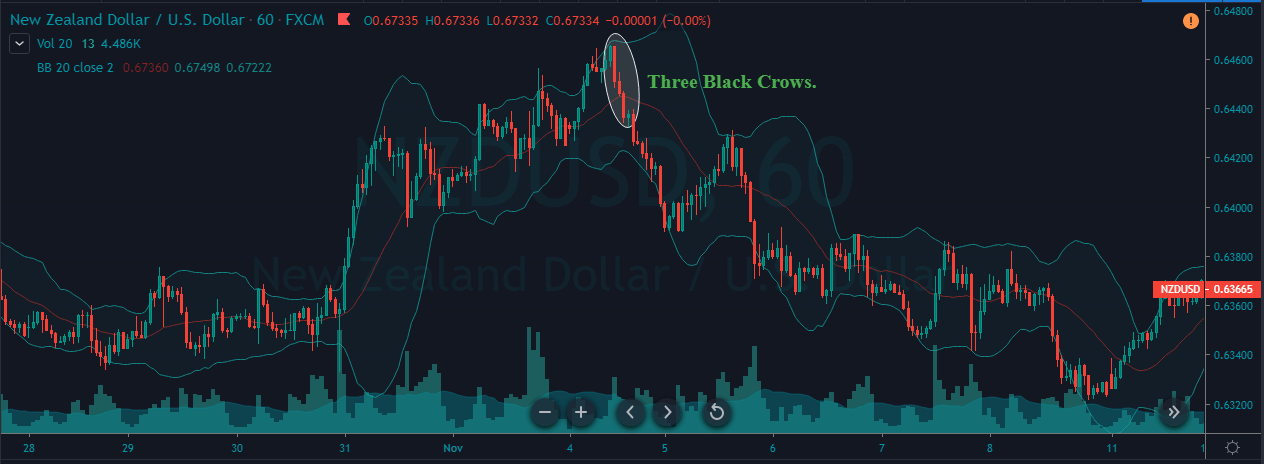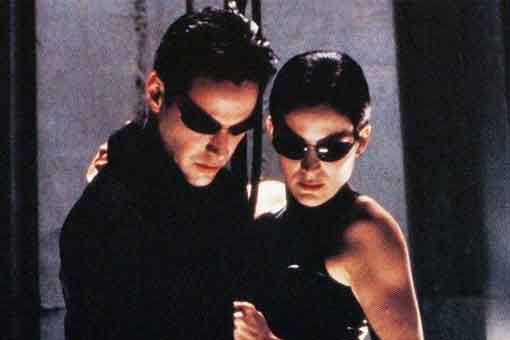Contents
The limit clause in Mysql is used to restrict the number of the rows retrieved in the resultset of the query to a certain count. It also helps us to retrieve the particular number of the records beginning from a particular offset from the MySQL table. Whenever the tables contain a huge amount of records, it becomes a heavy operation and even time-consuming to retrieve all these records and display them. The order by clause helps us define which records are to be retrieved in the limited result set that we have specified using the limit clause. In this topic, we are going to learn about SQL Limit Order By. To help avoid this situation, some traders place their limit order prices slightly above the best ask price for buy limit orders or slightly below the best bid price for sell limit orders.
- Market orders are the most simple and straightforward—they simply instruct a broker to buy or sell a particular stock at the best available price as soon as possible.
- The investment strategies mentioned here may not be suitable for everyone.
- The term of the limit order will depend on your specification and your broker’s policy.
- This helps you to avoid losses.A stop-limit order combines this type of order with a limit order by securing a limit for filling your stop-loss order.
If a security is trading above your buy order or below your sell order, it will likely not fill until there is price action on your security. They ensure investors won’t pay more than they want to buy a security, or sell a security for less than they are comfortable receiving. A stop loss order is an order to sell or buy when the security’s price is moving against the investor and reaches a certain level. The order in which the rows are retrieved plays an essential role in specifying what records are to be retrieved. It is a good practice to use the LIMIT clause along with the ORDER BY clause. Consider that the above diagram shows the records of the table, and the numbers in it stand for the row number of that records.
Meanwhile, you could set your buy price too high or your sell price too low. If you set your buy limit too low or your sell https://cryptolisting.org/ limit too high, your stock never actually trades. Both place an order to trade stock if it reaches a certain price.
On the other hand, if an investor is eager to buy or sell a specific security regardless of the price, a limit order may not be best since it may prevent the trade from occurring. Market orders are the most simple and straightforward—they simply instruct a broker to buy or sell a particular stock at the best available price as soon as possible. They don’t guarantee any specific price, so they execute at the best market price available, which is usually close to the last price quoted for the stock on its exchange. You set a sell limit order at $15 per share, believing this is as high as the stock will ever go. By setting your sell limit too low you may sell your stock early and miss out on potential additional gains.
Did this article help you?
Yarilet Perez is an experienced multimedia journalist and fact-checker with a Master of Science in Journalism. She has worked in multiple cities covering breaking news, politics, education, and more. Her expertise is in personal finance and investing, and real estate. I/we have no stock, option or similar derivative position in any of the companies mentioned, and no plans to initiate any such positions within the next 72 hours. Michelle Jones is editor-in-chief for ValueWalk.com and a daily contributor for ValueWalkPremium.com and has been with the sites since 2012.

The order will remain open until the stock reaches the PM’s limit or the PM cancels the order. A sell stop limit is a conditional order to a broker to sell the stock when its price falls up to a specific price – i.e., stop price. A sell stop price has two price components – i.e., a stop price and a limit price. A stop price is a price at which the limit order to sell is activated, whereas the limit price is the lowest price that the trader is willing to accept. A stop-limit order is a tool that traders use to mitigate trade risks by specifying the highest or lowest price of stocks they are willing to accept.
Limitations
Limit orders are only one of three main categories of orders an investor might use to buy or sell shares. The others—market and stop orders—function a little differently. When an investor instructs their electronic broker to buy or sell a stock on their behalf, they do so with an order. There are several different types of orders, but limit orders are one of the most useful.

Then, it is a sell limit order, where he will sell the shares only if it reaches $35 and above. Let’s say you want to buy Disney , which is currently trading at $105 per share. Placing a market order for 10 shares of DIS means your broker would immediately buy the stock at the best possible price. If the price of Disney stock increases before the order is processed, you would end up paying more than $105 per share.
About This Article
Brokerage firms may not allow limit orders if they are illogical (i.e. if a limit to buy is placed at greater than price, Brokerage firms may also offer this service to investors for free. Full BioMichael Kramer is an expert on company news and the founder of Mott Capital Management. Michael has over 20 years of experience with investing and 10 years as a buy side equity trader. He received his master’s degree in investment management from Pace University.

This can help protect you from paying too much for a stock or selling for less than you wanted. When you place a market order, it’s difficult to predict how much slippage might occur. But with limit orders, you know exactly how much you’ll pay for the number of shares specified in your order. If you’re worried about buying or selling a stock at the wrong time, you can set your limit order and go about your day without having to worry about timing the market perfectly.
What’s a limit order price?
A limit order allows an investor to sell or buy a stock once it reaches a given price. Partial fills may occur when only a part of the shares in the stock order is executed, leaving an open order. Executing parts of a single order for each trading day the execution occurs will involve multiple commissions, which reduces the overall returns of a trader. For stable stocks with high volume, market orders often execute at a prices that are close to the trader’s expected order. Limit orders can be set for either a buying or selling transaction. They essentially serve the same purpose either way, but on opposite sides of a transaction.
Because limit orders expire, and because they execute only at the specified limit price or better, many never execute. If the stock doesn’t reach their limit price before the week’s end, the order will expire unexecuted. Day limit orders expire at the end of the current trading session and do not carry over to after-hours sessions. Good-till-canceled limit orders carry forward from one standard session to the next, until executed, expired, or manually canceled by the trader. At Schwab, GTC orders expire 60 calendar days from the date the order was submitted.
Buy limit order prevents you from paying more than a set price for a stock — a sell limit order allows you to set the price you want for your stock. If the stock price hits the limit price the stock is bought or sold. Limit orders are perfect for investors who have identified target entry and exit prices for the stocks they are interested in. For each stock they are interested in buying, an investor can create a limit buy order that is good until canceled with a limit price equal to their planned entry price for that stock.
However, these orders are not filled if the price never reaches the specified limit. Limit orders can be placed easily by deciding what type of limit order to place and directing your broker to carry it out. Placing a limit order puts a cover on the amount an investor is willing to pay. It always allows precise order entry and is appropriate to traders when it is more important to get a specific price rather than the execution of trade to get filled by the market price.
You can make the limit order only valid for one day or choose to extend its duration longer, with a good til cancelled condition. Figure out which security you are placing a limit order for. If you own a stock that you are worried might decrease in value, consider placing a sell limit order for that stock at the lowest price you would take.
Why do investors use limit orders?
For a sell limit order, direct your broker service to sell your shares when they reach a certain price. For a buy limit order, direct your broker service to buy shares or securities when they dip below a certain price. To do this, access your trading platform, identify the security or share that you want to place the order on, and choose your price threshold. Select a duration for the limit order, and then submit it to the trading platform.
It’s the price that a what is fujinto will be executed at, assuming the stock reaches that level. Think of it as the price an investor wants to pay for a stock or sell it for. If the security does not have enough shares trading at the specific price you placed, your order may not fill. This is most common for larger orders placed on low-volume securities.